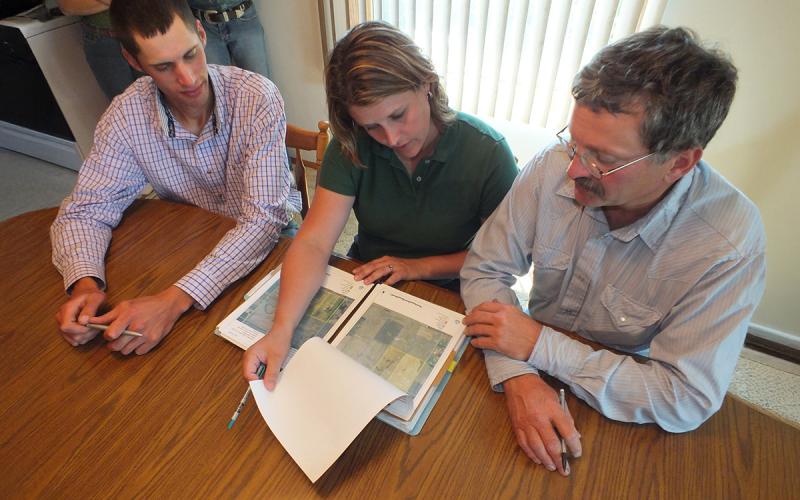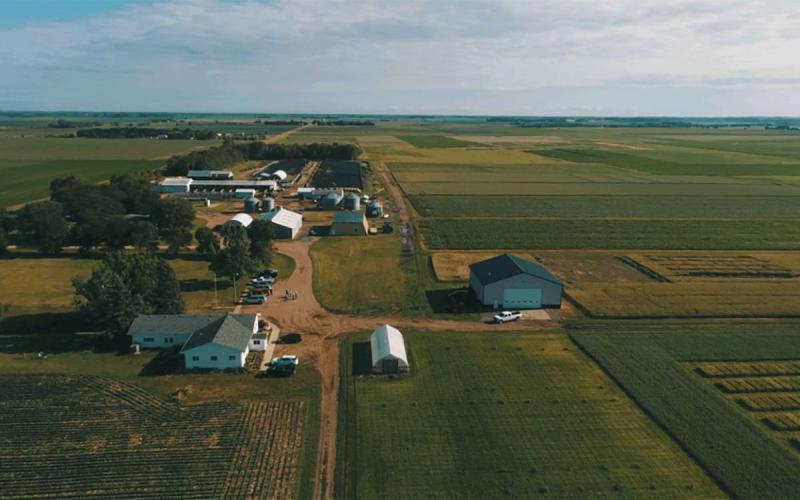Written collaboratively by Roger N. Gates, Barry H. Dunn, Jack Davis, Agustin Arzeno, and Martin Beutler.
A changing marketplace, price volatility, labor availability, record high feeder calf prices, the effects of the ethanol industry: How will your ranch operation adapt?
As the ranching industry faces accelerating change in the most fundamental parts of its business, ranch managers need to look forward and “create” their future. In other words, developing a strategic plan is essential for meeting the challenges ahead.
Strategic planning and scenario planning—the two concepts highlighted in this manual—offer systematic approaches to addressing a ranch business’ future viability. Using these planning techniques together, a strategic plan—which is ultimately a set of decisions about what, why, and how to do something, all with a focus on the future—can be developed.
According to management consultant and author Peter Drucker, “The primary tasks of strategic management are to understand the environment, define organizational goals, identify options, make and implement decisions, and evaluate actual performance.”
Strategic planning is a fundamental step toward a ranch’s future viability. However, rapid changes among a variety of outside factors— movement in the beef price cycle, availability of labor and ranch (or estate) transition issues, or feed availability and price—can strongly impact the success of a strategic plan.
Therefore, a key to successfully preparing for the future is the ability to “understand the environment” and anticipate what industry trends and patterns may affect the ranch business. Scenario planning provides the opportunity to do just that and can be a valuable tool in strengthening the ranch strategic plan.

